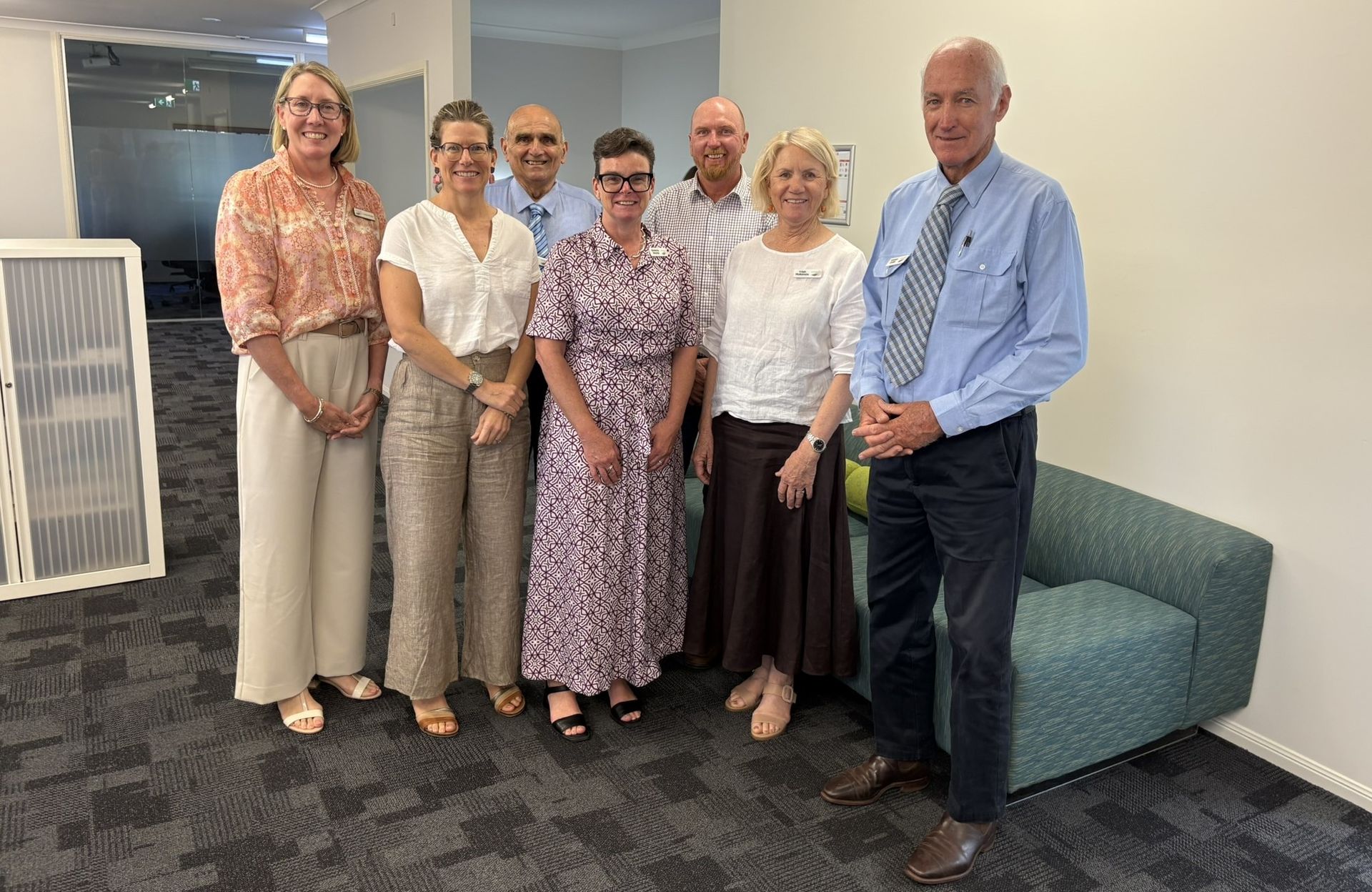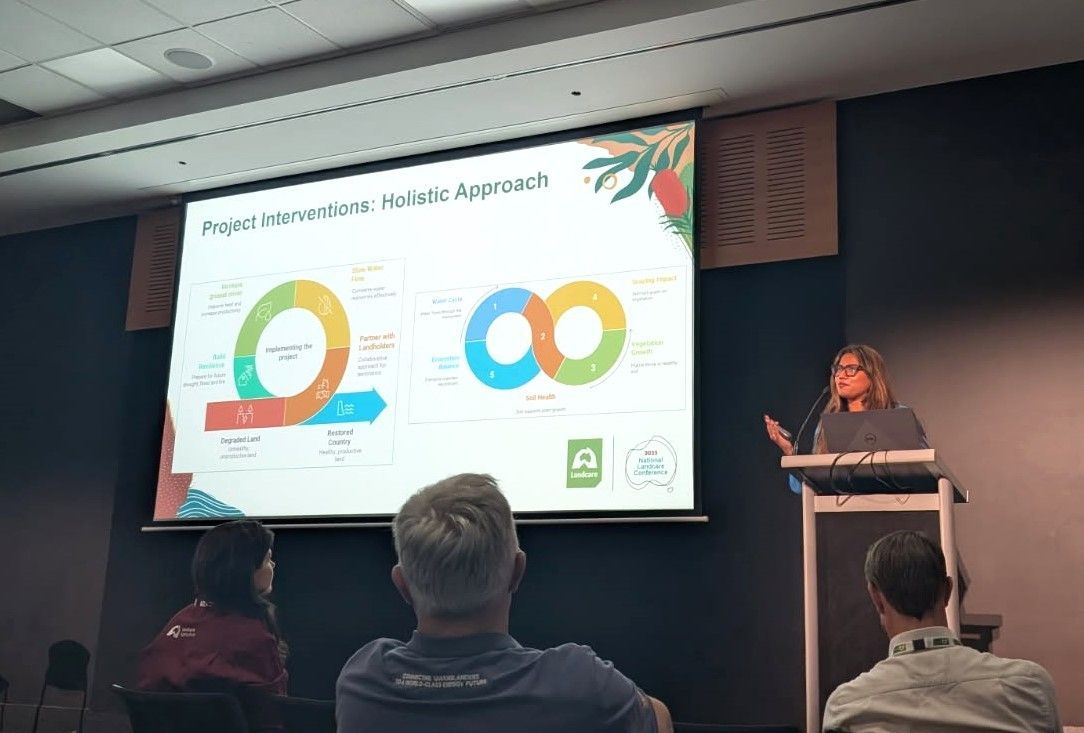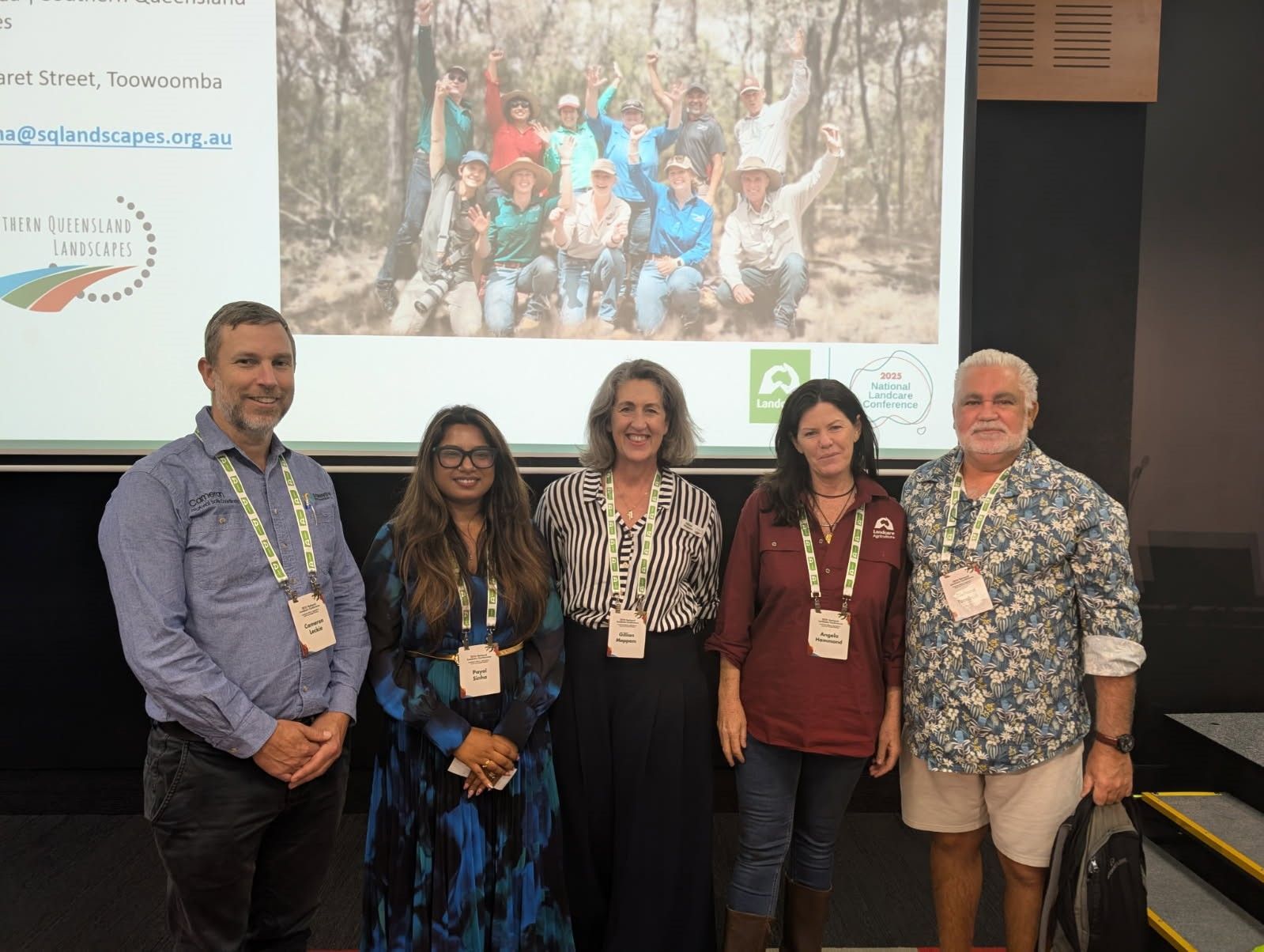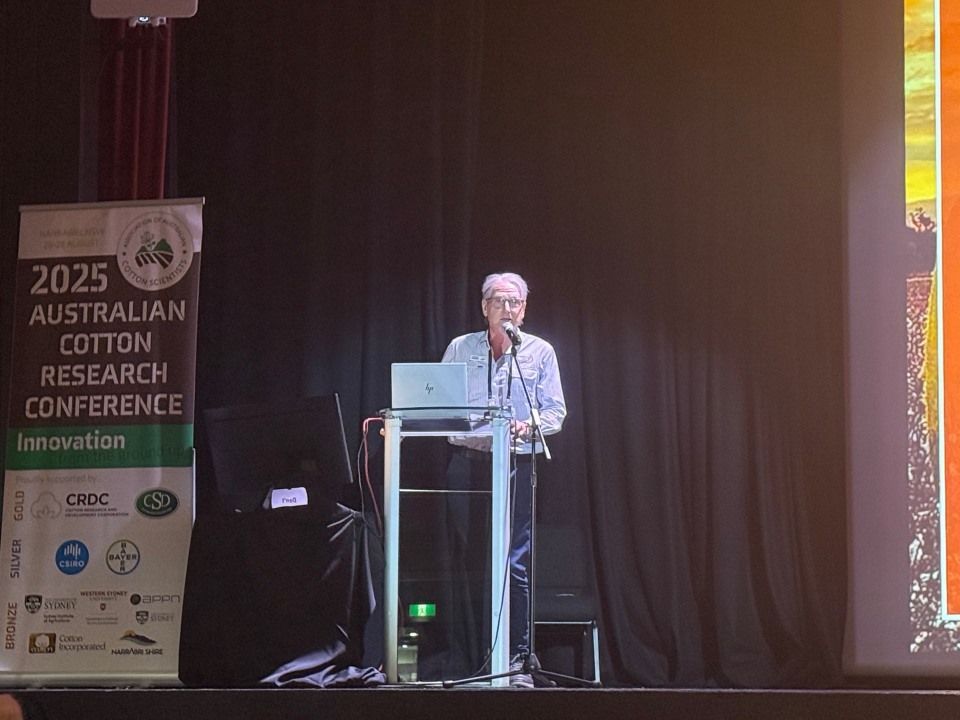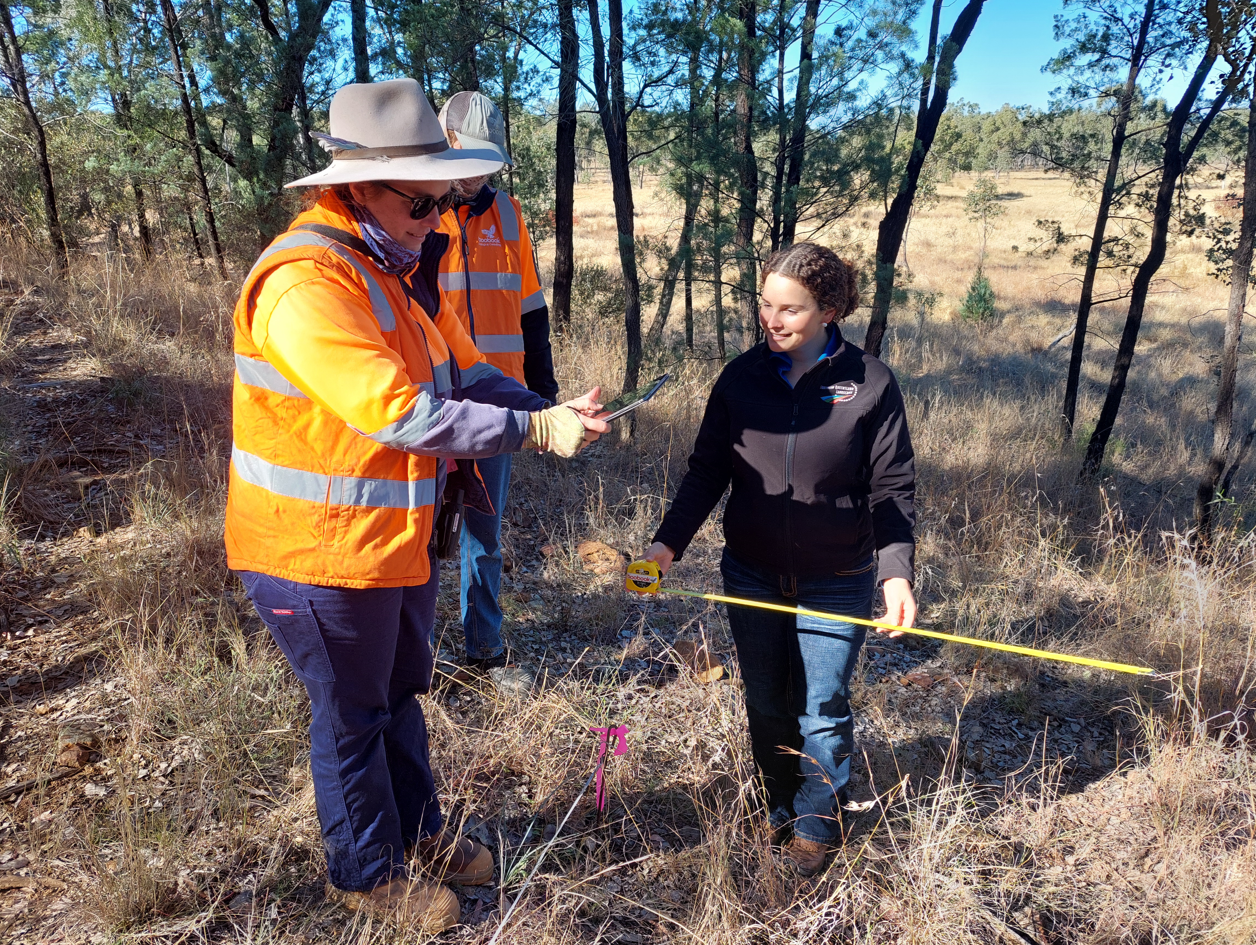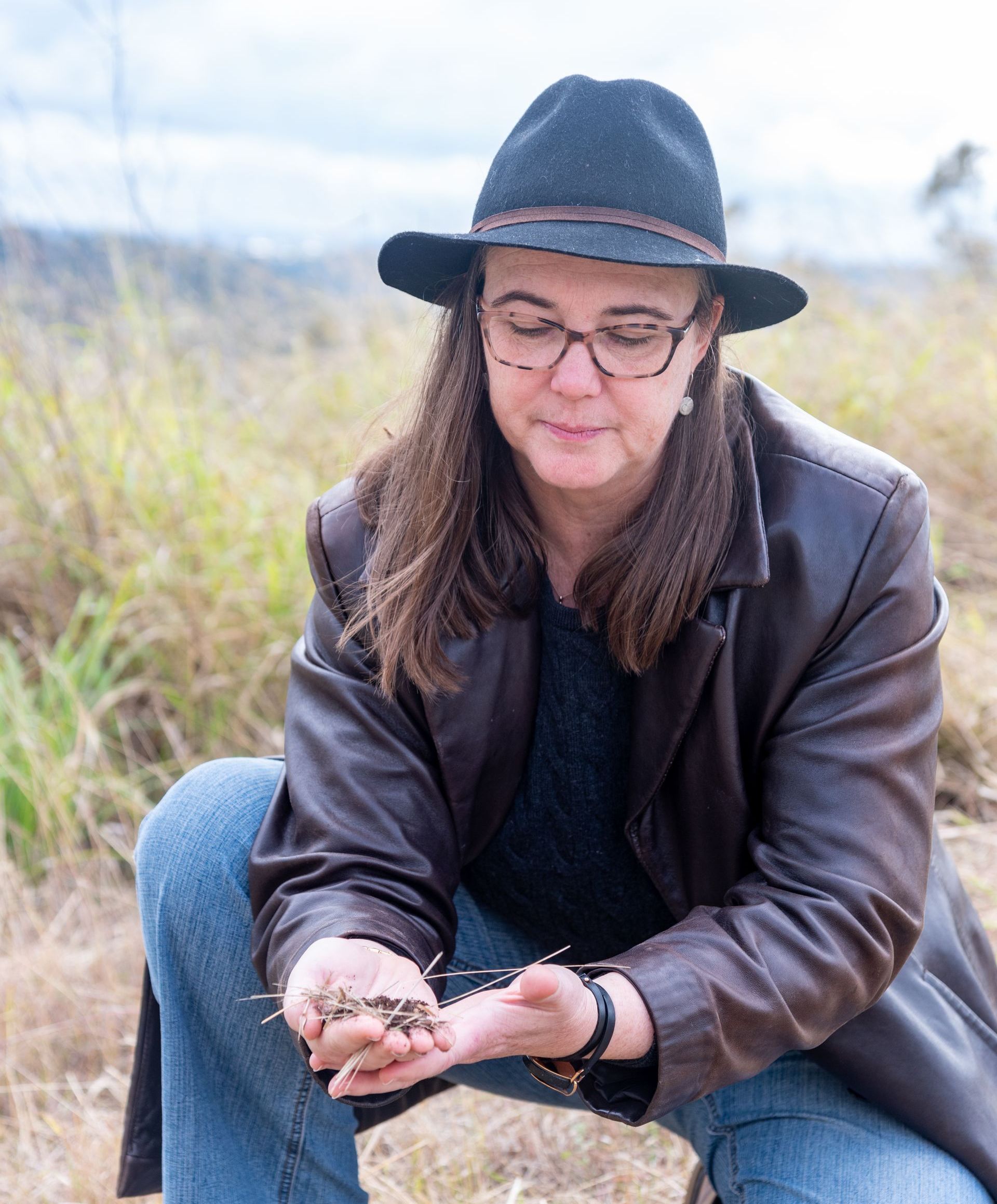More than 500km of fencing paid for by the Federal Government is being rolled out across private properties in the Murray-Darling Basin in a bid to better protect the area's waterways and native animals.
Local natural resource management group Southern Queensland Landscapes, is delivering the funding to land managers through the Queensland Government’s Fencing Northern Riverbanks Program (QLD).
Iain Bucknell is one of 66 land managers who secured funding through the now fully committed program for around three kilometres of fencing along Hodgson Creek on his Cambooya property; and said the assistance has been very welcome.
“The program paid for the raw material to fence along the creek and then we supported that investment by installing the fencing ourselves,” Iain Bucknell said.
“The reason why I wanted to fence along the creek was to protect the native reeds (Phragmites australis), which play a very important role in the hydrology of the creek, stabilising the creek banks during flood events and filtering water,” Mr Bucknell said
“It’s hugely important for the health of our property to protect the creek fronts first and foremost, manage the movement of our stock in these very sensitive areas and control how and when they water and graze,” he said.
“In addition to the three kilometres of fencing, we also got funding to install off-stream watering points which included troughs and a solar pump; which has meant we are now able to keep stock a good 400 metres out of the riparian zone.”
Meanwhile, Land Manager Barbara George was driven to take part in the project to protect breeding platypus in the Condamine River on her Killarney property.
“In 2021 we organised a survey of 22 kilometres of river frontage to see how many platypus were in that stretch and during that period we recorded 13 platypus,” Barbara George said.
“They’re there now…but we need to protect them because they are listed as near threatened; and when we found out we had a female breeding on the stretch of river adjacent to our property we wanted to fence off the creek and make sure the cattle were out of that area; especially during platypus nesting season because we learnt that it is very easy for cattle to put their hoof through a nest which is burrowed just 20 centimetres under the surface,” Mrs George said.
“We were able to access funding through the Northern Basin Riverbanks Project to install 500 metres of fencing and also employed a local fencing contractor to help my husband install the fence above the trees along the riverbanks,” she said.
“It’s amazing how quickly the vegetation has returned without the cattle in there and the riverbanks now look very beautiful and natural, the sort of stuff platypus’ really love; and we can now let the cattle back into that paddock without risk to the platypus’ or the riverbank.”
The Australian Government funded Fencing Northern Basin Riverbanks Project (Qld) is a $7.5 million investment to support works to benefit farmers and fish. Southern Queensland Landscapes with support from the Queensland Government has been working with local communities, Aboriginal organisations and land managers to deliver the project before June 2023.
SQ Landscapes Business Coordinator of Operations, Leanne Stevens said from 120 applications, 66 land managers have signed contracts to install 538km of fencing across five catchments.
“These are just the first people to complete fencing under the project and really the first stories we are hearing about as land managers share the benefits of being involved in this project and why they’ve chosen to fence their waterways,” Leanne Stevens said.
“Healthy and diverse riparian vegetation helps to moderate air and water temperatures, reduce stream bank erosion and maintain stable stream function; allowing native fish to thrive,” Mrs Stevens said.
“But there are also many benefits to farmers including better control of stock; the protection of sensitive vegetation corridors which can be used as an emergency feed banks during drought with strict management protocols in place; improved water health through reduced erosion, sedimentation and compaction; and improved weed management through reduced traffic which aids weed seed dispersal,” she said.
“It’s really pleasing to hear that native reeds (Phragmites australis) and native platypus are two of the beneficiaries of the work to date and we look forward to sharing more success stories as more projects are completed.”
To find out more about the Northern Basin Fencing Project and to stay up to date with land managers stories visit https://www.sqlandscapes.org.au/northern-basin-riverbanks-program
The Australian Government funded Fencing Northern Basin Riverbanks Program (QLD) is a $7.5 million dollar investment to support works to benefit farmers and fish. Southern Queensland Landscapes with support from the Queensland Government, is working with local communities, Aboriginal organisations and riparian land managers to deliver the program before June 2023.
